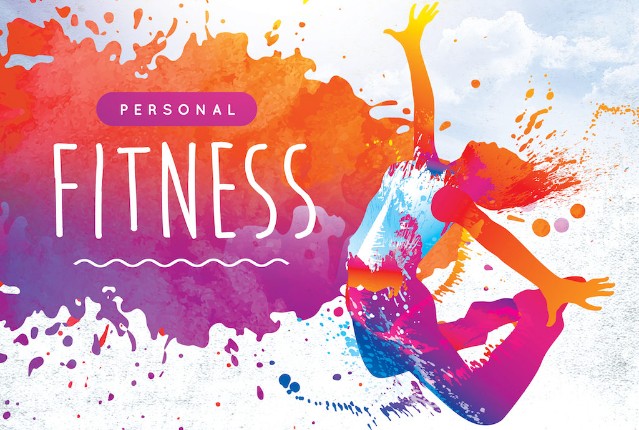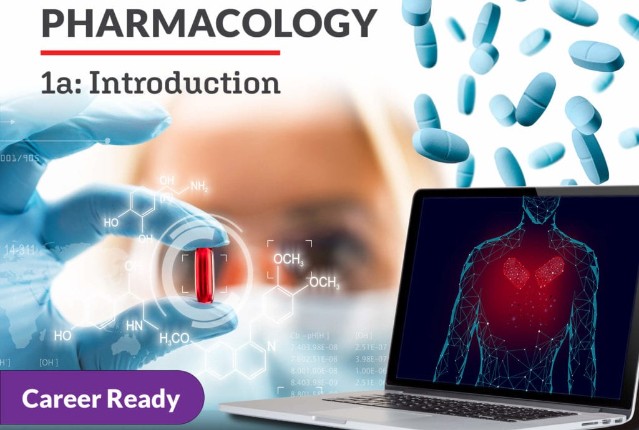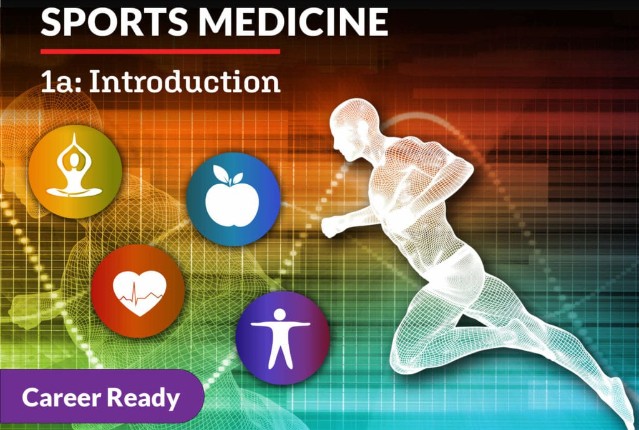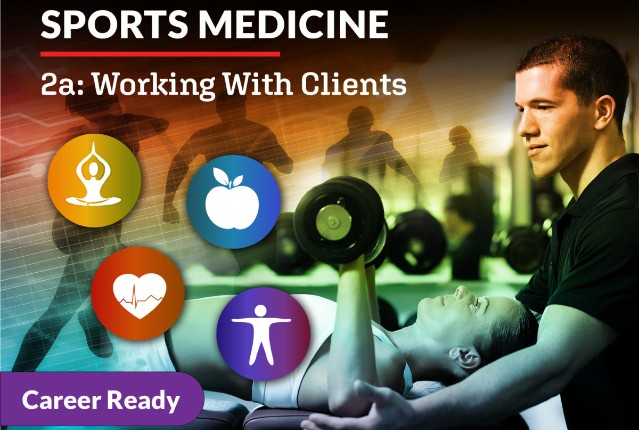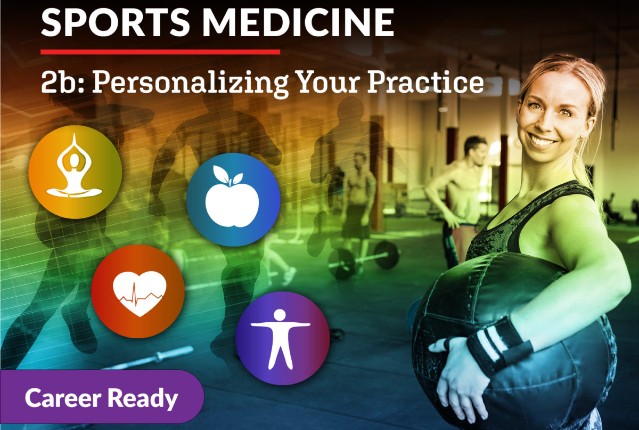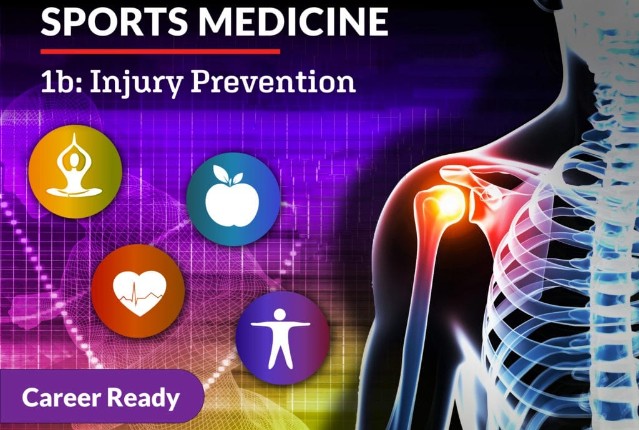
Sports Medicine 1b: Injury Prevention
You’ve warmed up those muscles and stretched your understanding of basic human biomechanics, but now it’s time to power forward your learning even further! In Sports Medicine 1b: Injury Prevention, you’ll expand your understanding of the human body to provide a greater context for injury in a variety of scenarios. You’ll learn how to evaluate an injury, onsite tests to perform, and when to refer a patient to a medical professional. You’ll also explore the anatomy of specific body areas to better understand injuries that may occur as well as ways to prevent injury. Are you ready to keep athletes functioning at peak levels? Grab your sports tape and let’s hit the field of sports medicine!
Review course outlineAccess for a year
USD 299.00*
* Choose more courses to get a discount
